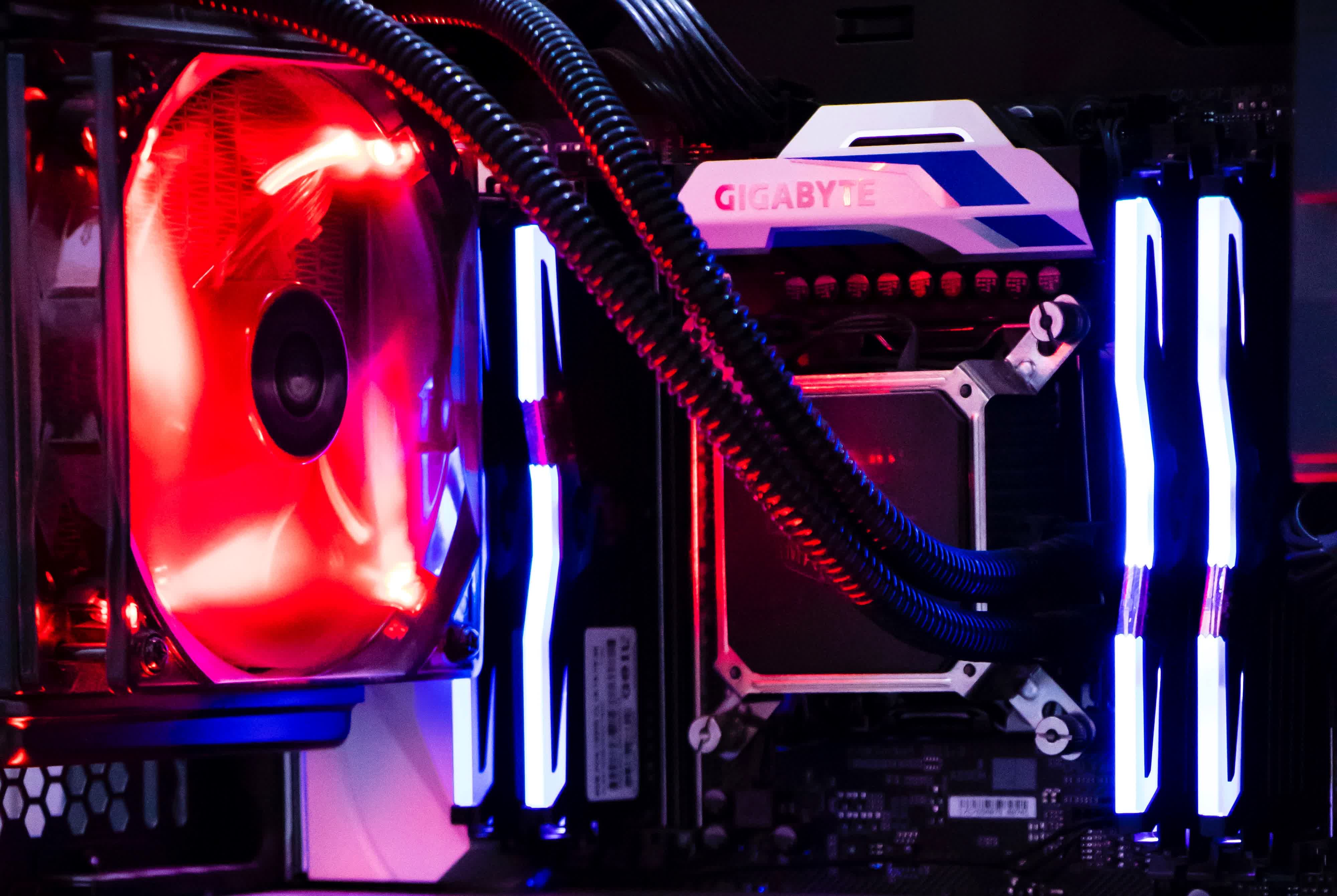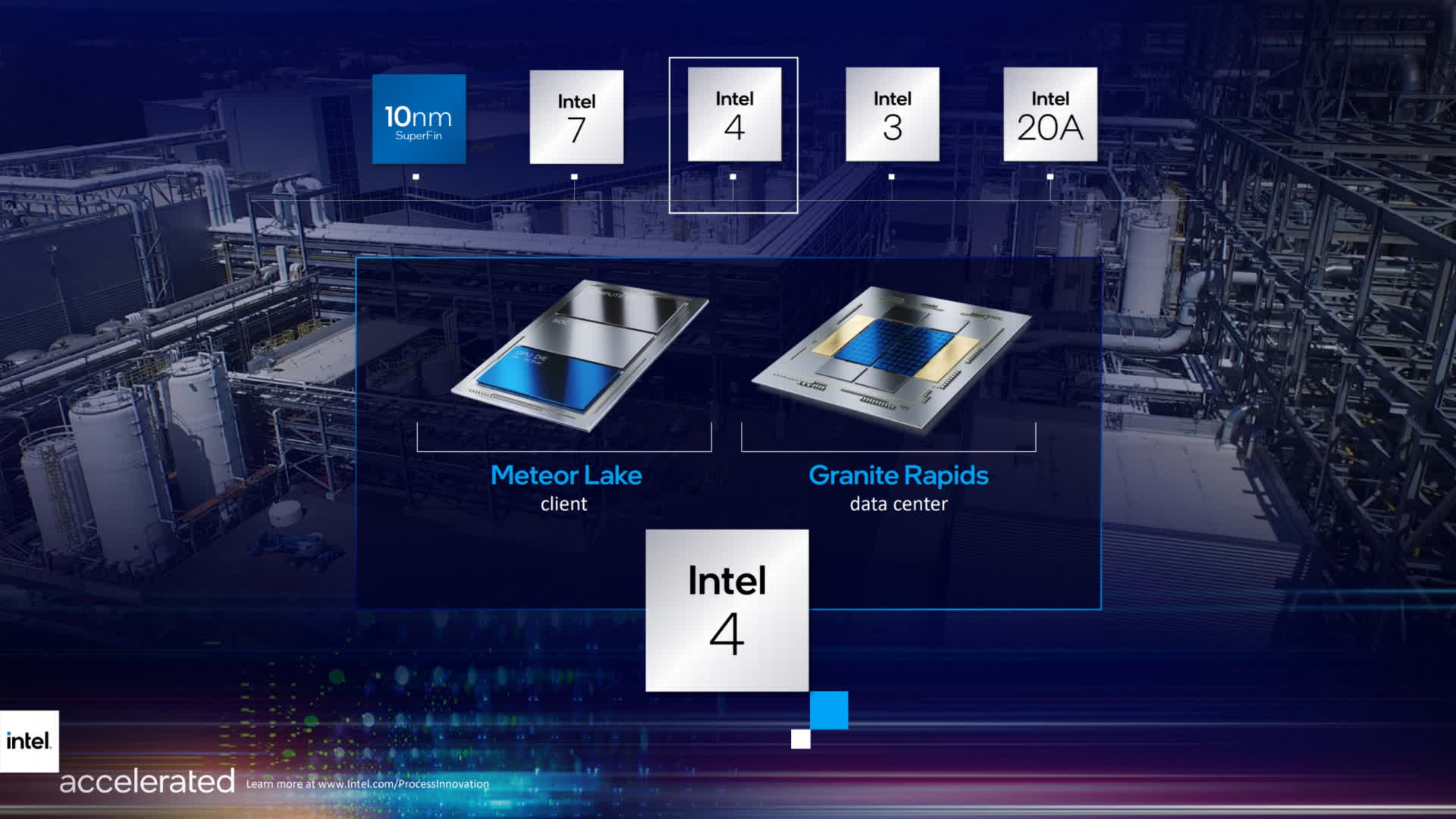Something to look forward to: On an earnings call last week, Intel CEO Pat Gelsinger announced that Intel had recently powered on their first prototype of a Meteor Lake processor, a member of the 14th-gen Core series and their first consumer-oriented product to use the Intel 4 node.

"I am happy to share that Intel 7, Intel 4, Intel 3, Intel 20A, and Intel 18A are all on or ahead of the timelines we set out in July. For example, on Intel 4, we said we had taped out our compute tile for Meteor Lake," Gelsinger told investors.
"In this quarter, it came out of the fab and powered up, and within 30 minutes, with outstanding performance, right where we expected it to be. All told, this is one of the best lead product startups we have seen in recent memory, which speaks to the health of the process."
Meteor Lake will be a major advancement in the consumer space. When Intel announced it in July, they said that it will be their first series to separate the compute, I/O, and GPU components into separate chiplets, or as they call them, "tiles."

Intel 7 is a rebrand of the 10nm Enhanced SuperFin node and Intel 4 is a rebrand of the 7nm node.
AMD and Intel are already leveraging chiplet technology inside their CPUs, but in a way that reduces their performance when compared to non-chiplet designs with the same number of cores. Intel wants to reduce that compromise for Meteor Lake by using Foveros, a packaging technique that leverages an active interposer to improve inter-chiplet communication.
Meteor Lake specifically targets the 5-125 W range and will be used for both laptop and desktop processors. It can be integrated with Xe GPUs that have between 96 and 192 EUs, which will be comparable to current entry-level and midrange discrete GPUs.
Before Meteor Lake arrives, however, both Alder Lake and Raptor Lake need to debut. Intel has been forthcoming with details about Alder Lake and has indicated that the series will launch soon, while Raptor Lake is a mystery slated for next year. Meteor Lake will follow in 2023.
https://www.techspot.com/news/91906-intel-powers-first-14th-gen-meteor-lake-cpu.html